Tough-1 Extreme Vented Sport Horse Boots, Front Legs, 1 Pair
New, improved, form-fitting Tough1 64-18000F-10-101 Extreme Vented Sport Boots feature darts placed in key locations that allow these sport boots to conform to the legs.
New, improved, form-fitting Tough1 64-18000F-10-101 Extreme Vented Sport Boots feature darts placed in key locations that allow these sport boots to conform to the legs. These vented boots provide support while keeping dirt and debris out. The vented inner layers of these durable boots work in conjunction with the vented outer layers to provide 360 degree of maximum protection and comfort.
- Suspensory slings of these high-quality boots provide flexible support to the fetlock while not restricting movement or inhibiting performance
- Front boots
- Vented inner layers of these durable boots work in conjunction with the vented outer layers to provide 360 degree of maximum protection and comfort
- Vented boots provide support while keeping dirt and debris out
Additional information
| Fit | Over leg |
|---|---|
| Lining Material | Neoprene |
| Number Of Straps | 3 |
| Outer Material | Nylon |
| Package Quantity | 2 |
| Manufacturer Part Number | 64-18000F-10-101 |


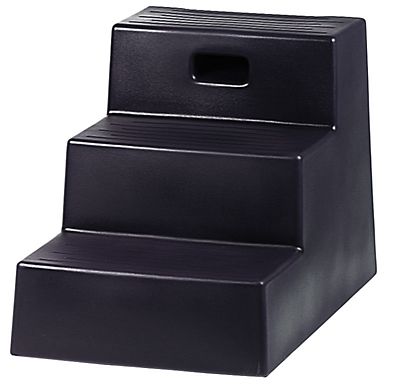

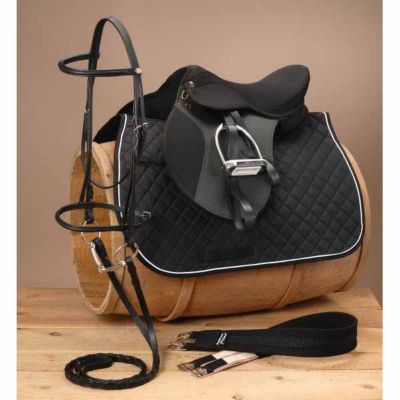


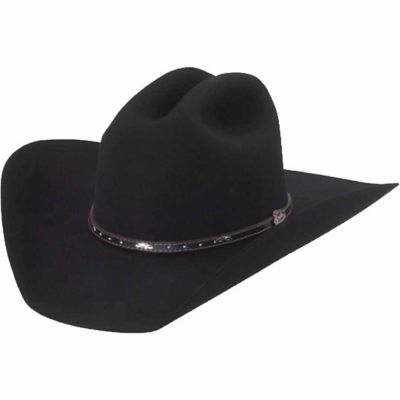

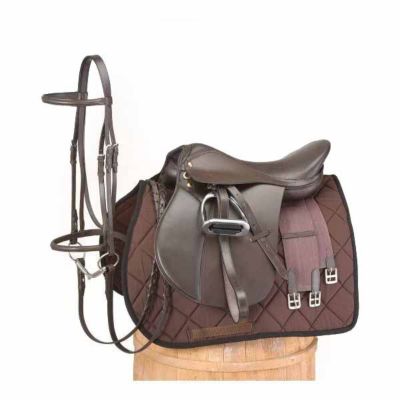
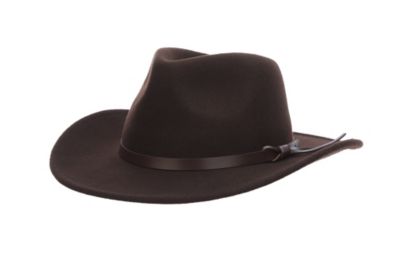
by Varlesi
Pretty decent boots for the price. They hold up well and do the same things all the expensive boots do for half the price.
by Mayac
They are really good quality for the price, Velcro is very strong and seems like it will last me a while.